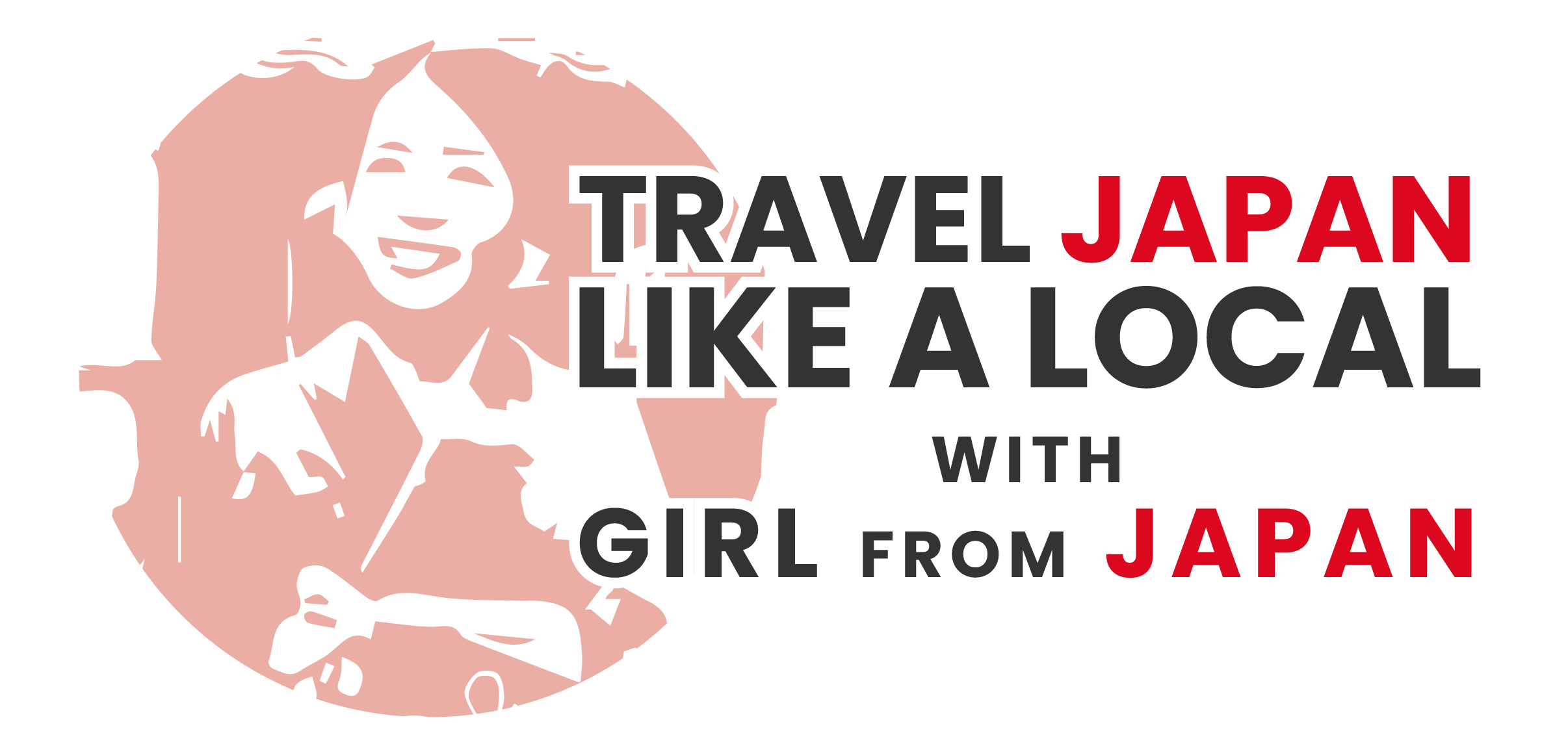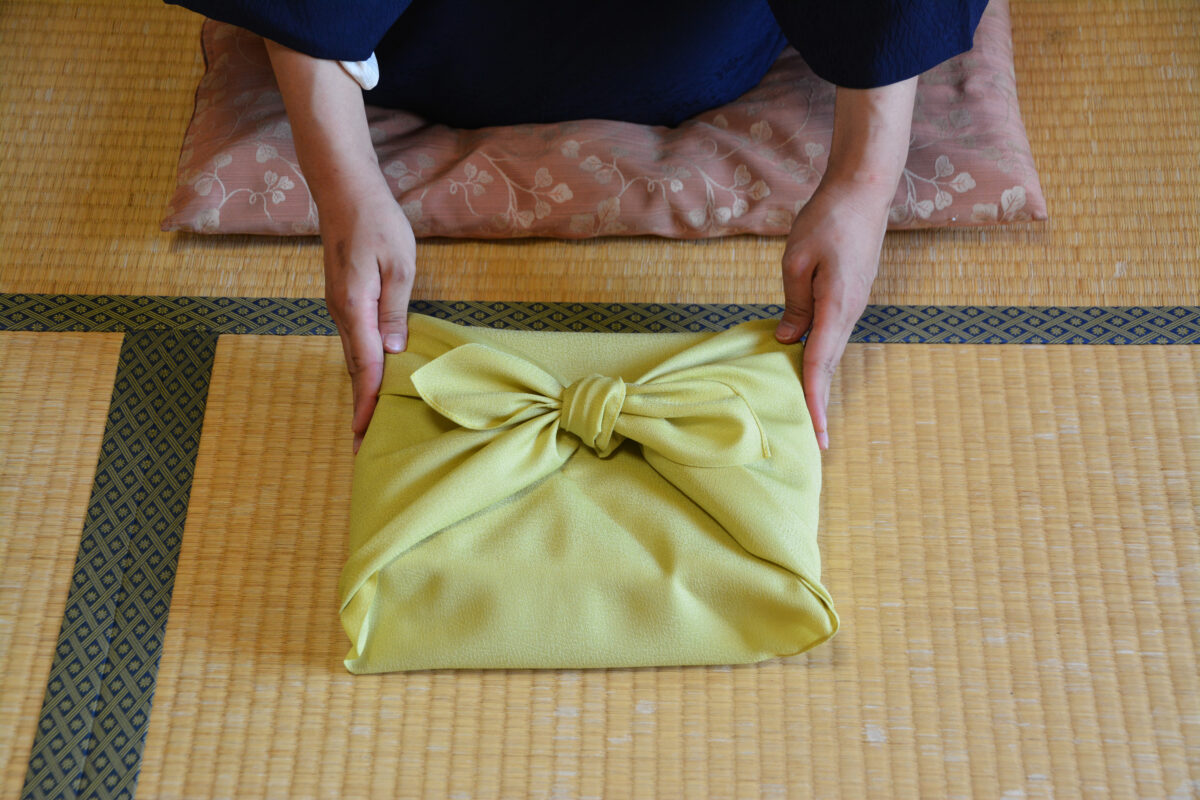
Tokyo is the capital of Japan. Its name is now known by many people around the world, and it is one of the major cities influencing the world. When watching foreign news and programs, one often hears the word “Tokyo,” which is a great honor.
Tokyo is a progressive city, at the forefront of trends, and we can get almost anything we want to buy or eat in Tokyo.
Although I have never lived in Tokyo, I have visited the city many times on a regular basis and have visited many different places. Based on this experience, I would like to recommend some places to you all.
💥Great deals💥
I would like to recommend one good deal. I would like to talk about the unlimited one-day pass for the Tokyo Metro, which I purchase every time I visit Tokyo. The Tokyo Metro runs throughout Tokyo and can take you anywhere you want to go.
A single ride on the Tokyo Metro costs about 200 yen, but you can purchase a 24-hour unlimited-ride ticket for as little as 600 yen. For those who use the Tokyo Metro many times, this is a very good deal, and if you are a sightseer for a day, you will probably use it three times. This ticket can be selected from the “Special Ticket” menu on the Tokyo Metro ticket vending machines.
⚠️Please note that this ticket is not available on the Yamanote Line, which is the main line for Tokyo residents. Here is a map of Tokyo Metro lines.
1. Scramble Crossing 🚶♂️(Shibuya)
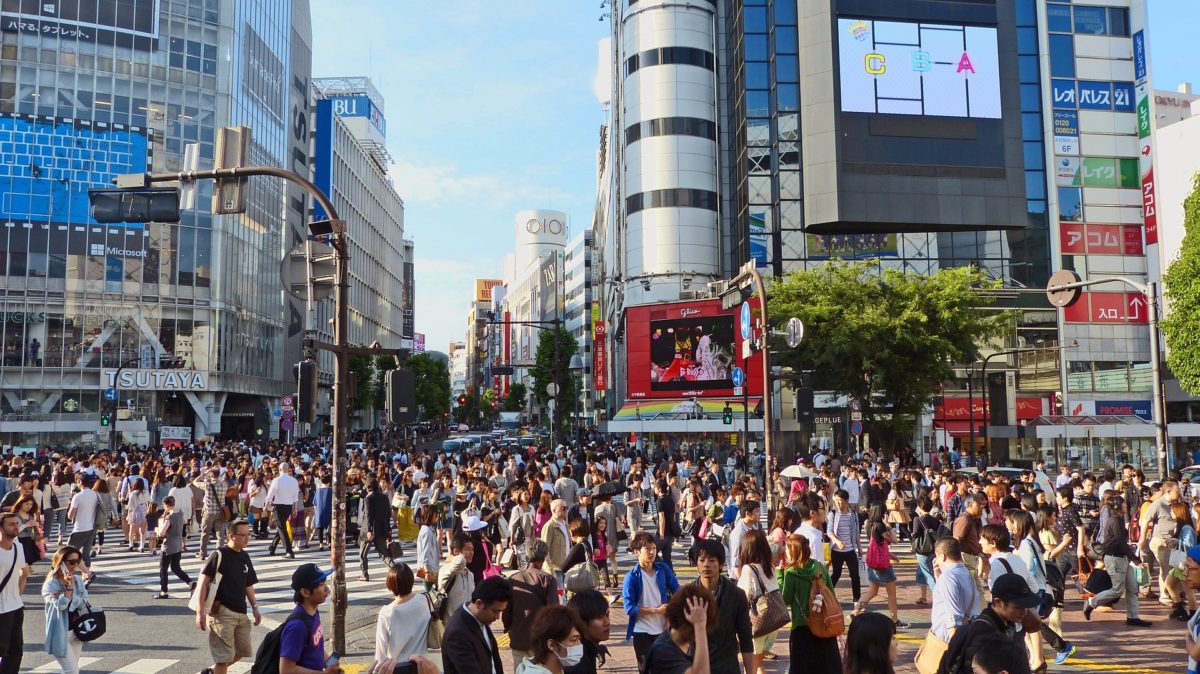
This is a world-famous intersection in Shibuya Ward, and you have probably seen it at least once. Multiple streets intersect, and as soon as the traffic light turns green, pedestrians from all directions begin crossing at the same time.
At the most, more than 3,000 people come and go at a time, or as many as 500,000 people in a day. It is amazing that so many people walking in the street do not collide with each other because they avoid each other.
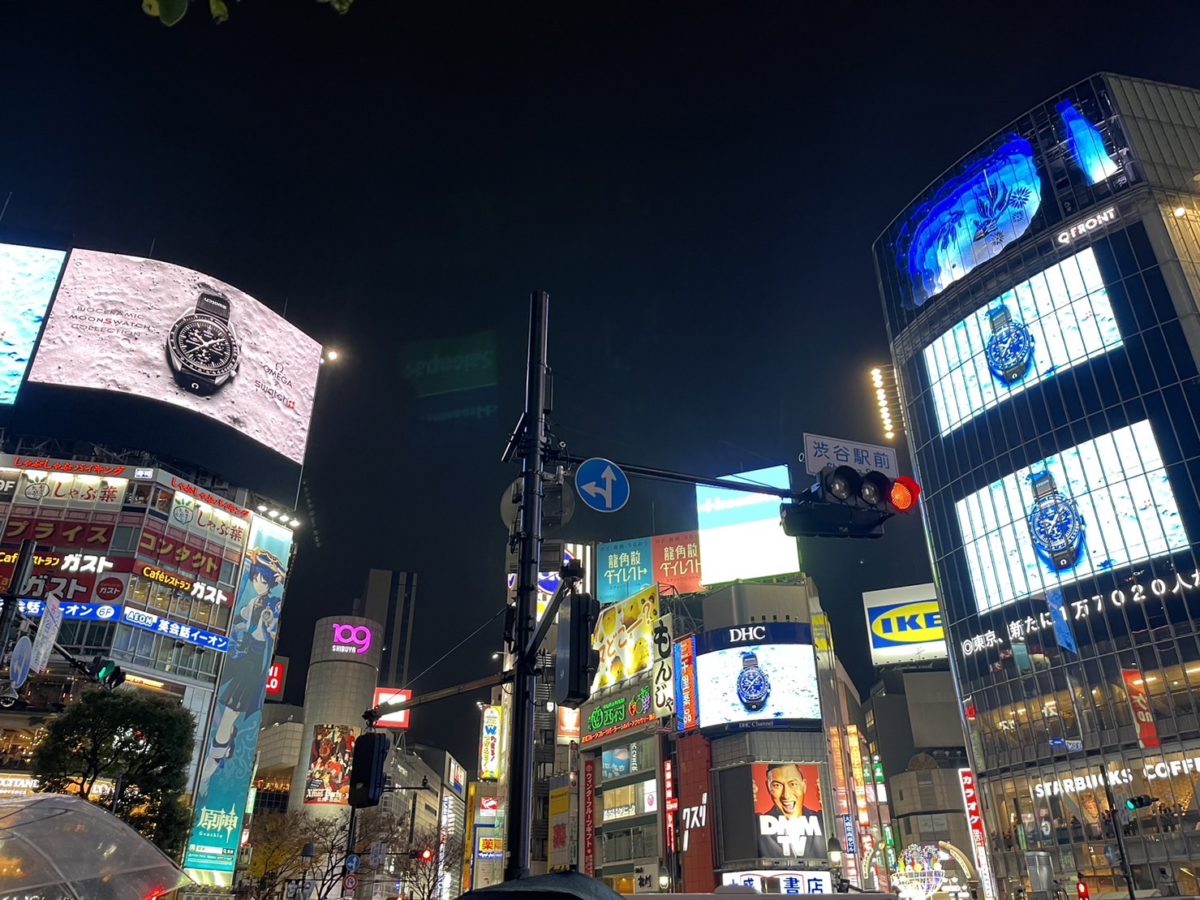
Because of the large number of people who gather here, there are many large displays and electric billboard advertisements, far exceeding the neon billboards in Dotonbori, Osaka. I have never seen so many electronic billboard advertisements outside of Shibuya.
On Halloween, many people gather here in costume. At that time, a large number of police officers are mobilized to control this intersection. That scene is also quite a must-see. Please check out our other page for more information on Halloween in Shibuya.

Just watching the people come and go at Shibuya’s scramble crossing will be an enjoyable time. Why not spend a special Tokyo-like time while enjoying delicious coffee and sweets? Here are three places I recommend.
L’Occitane Cafe
L’Occitane Cafe is popular for its hand cream, and the second and third floors of this store are a cafe where you can enjoy light meals and sweets. Exit Shibuya Station and look for the bright yellow floor on the left. Not many seats have a view of the intersection, so consider yourself lucky if one is available.
Starbucks Coffee Shibuya
If you stand at the scramble crossing, you will easily find this Starbucks Coffee. This is said to be one of the top selling stores in the world.
You can look down on the intersection from the second floor here. However, this Starbucks is always crowded with people, so it may be difficult to find a seat.
MAGNET by SHIBUYA
This rooftop (CROSSING VIEW) is an observation deck, so you will always be able to see the intersection.
An admission fee of 600 yen is required, but you can enjoy the view of the intersection to the fullest.
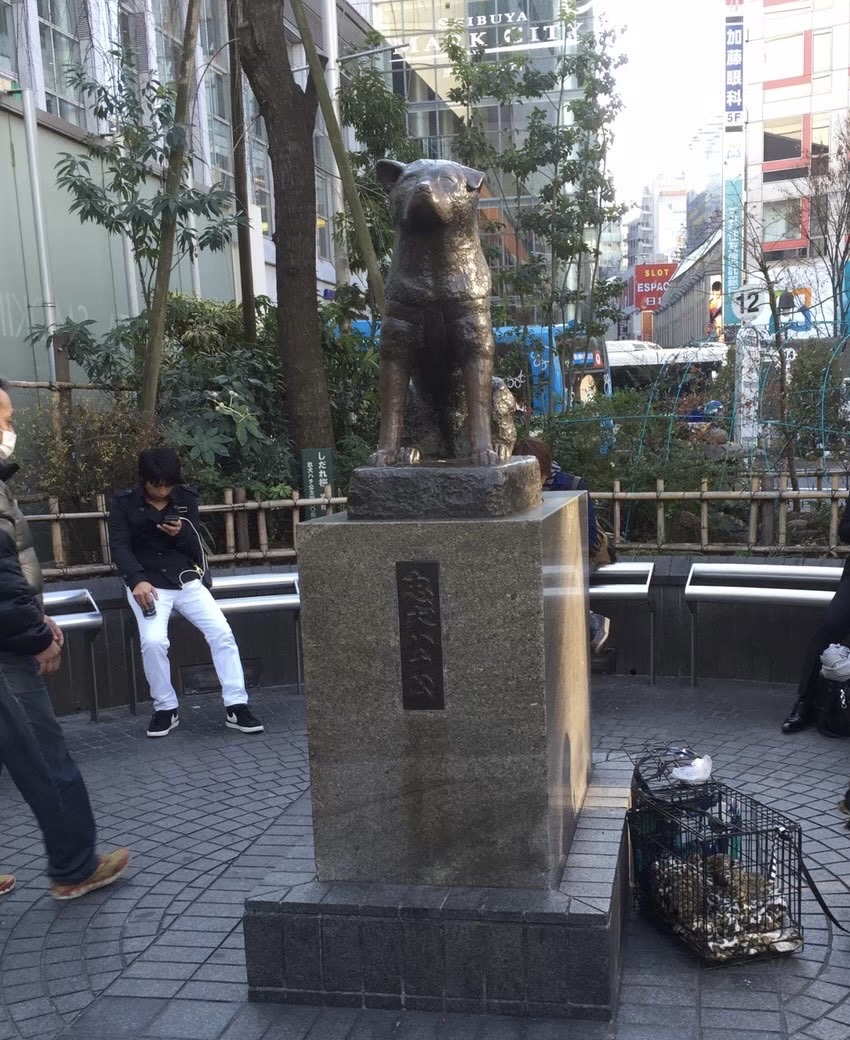
Hachiko 🐕
Another must-see spot near this intersection is Hachiko. Known as a loyal dog, Hachiko waited at Shibuya station every day for his owner to return home, and continued to wait for nine years after the owner’s death. The story of Hachiko has been passed down in Japanese culture and education as a symbol of loyalty and friendship.
Today, it has become a meeting place for many people.
It is one of the main exits of Shibuya Station, so much so that it has become a landmark and the name of the exit, “Hachiko-guchi”.
2. Sensoji Temple 🛕 (Asakusa)
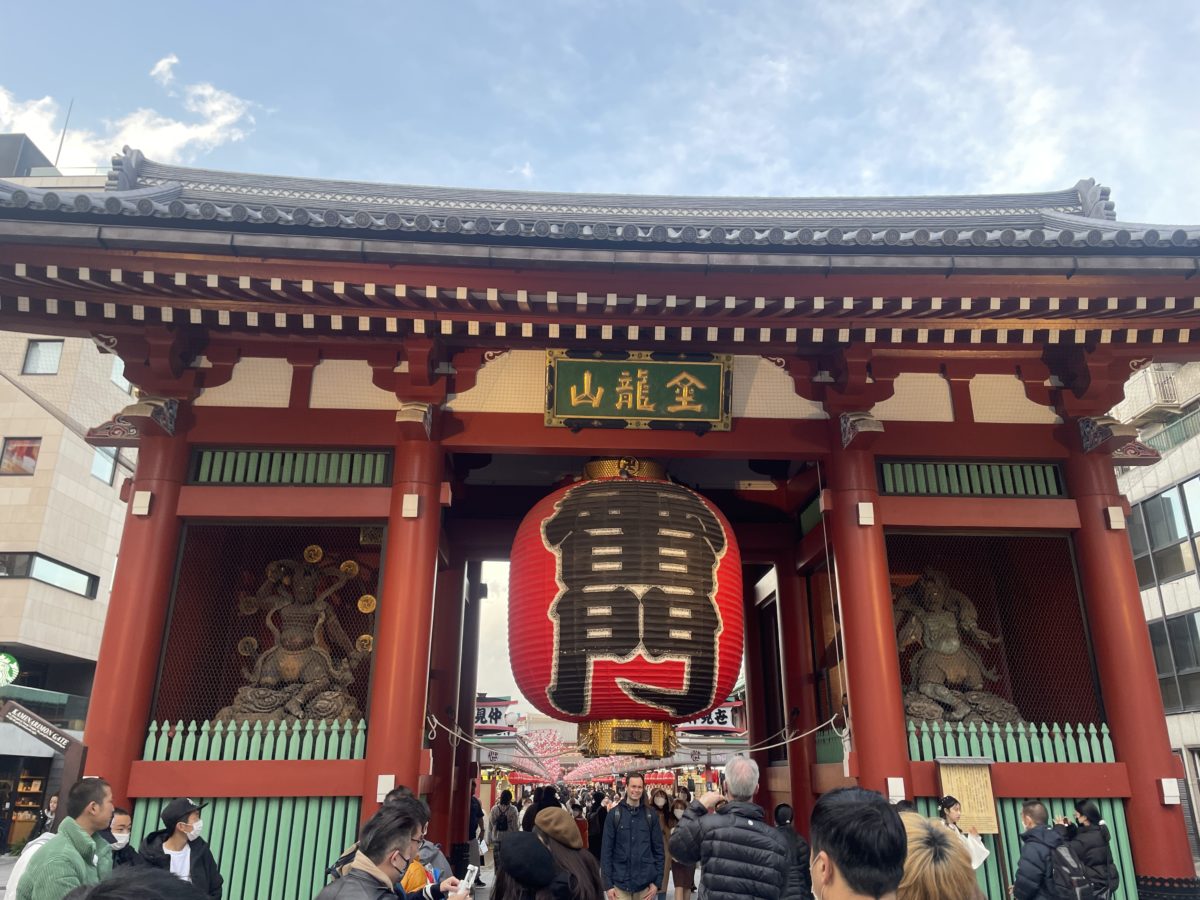
One of the oldest and most famous Buddhist temples in Japan, Senso-ji is symbolized by the Kaminarimon (Thunder Gate). Passing through this gate is Nakamise-dori, a 250-meter-long shopping street lined with traditional Japanese souvenirs and eateries. Popular souvenirs include Japanese sweets, rice crackers, geta (Japanese clogs), and yukata (summer kimonos).
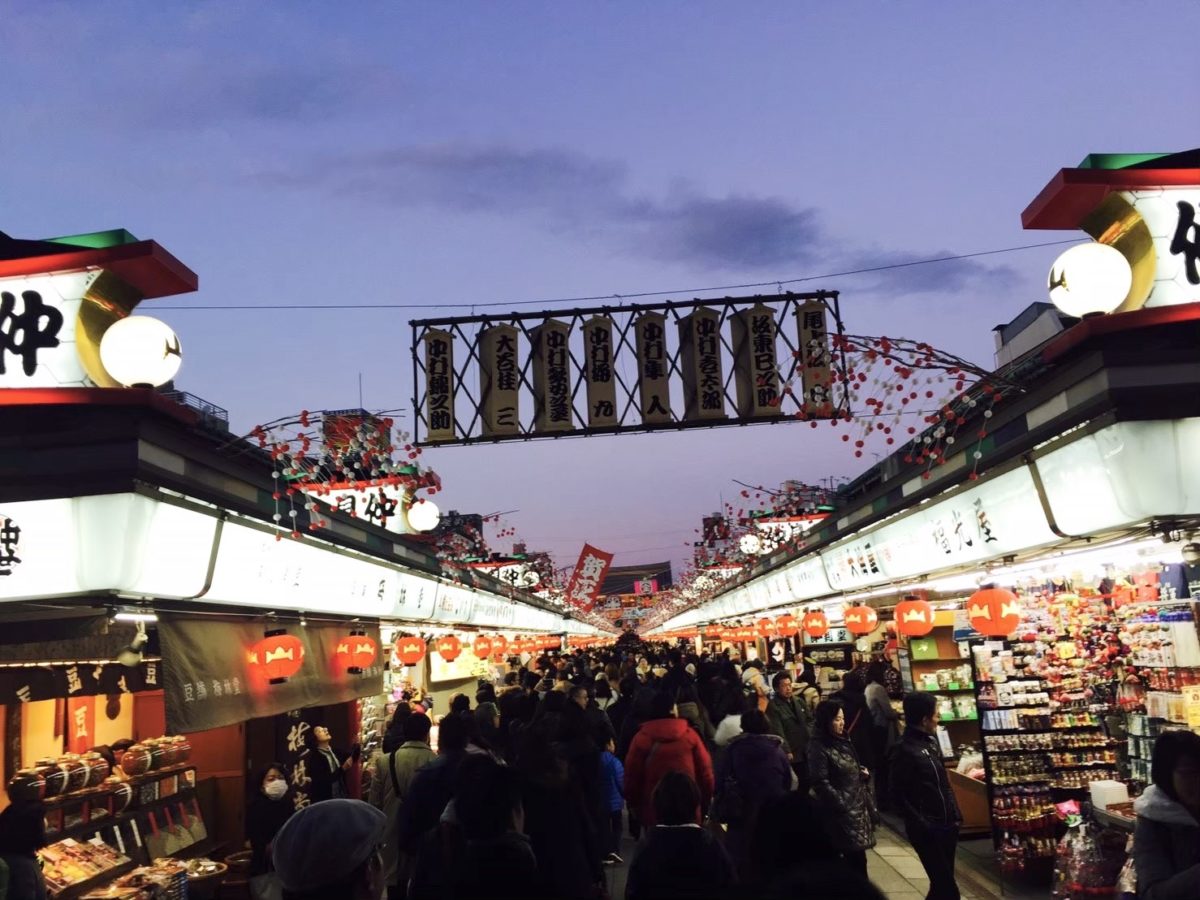
Many stores offer tastings and sales demonstrations, so you may be tempted to get caught up and make a purchase.
However, please do not leave after just enjoying this shopping street. Japan is all about temples! Since you have come all the way to a temple, we want you to experience Japanese manners.
- Purify your hands and mouth at the hand- and mouth-watering basin.
- Burn incense
- Draw a fortune paper.
- Pray at the main hall
3. Takeshita Street 🌈 (Harajuku)

This is a 350-meter pedestrian-only shopping street located in Harajuku. On holidays, the street is so popular with people that you can hardly see the street at all.
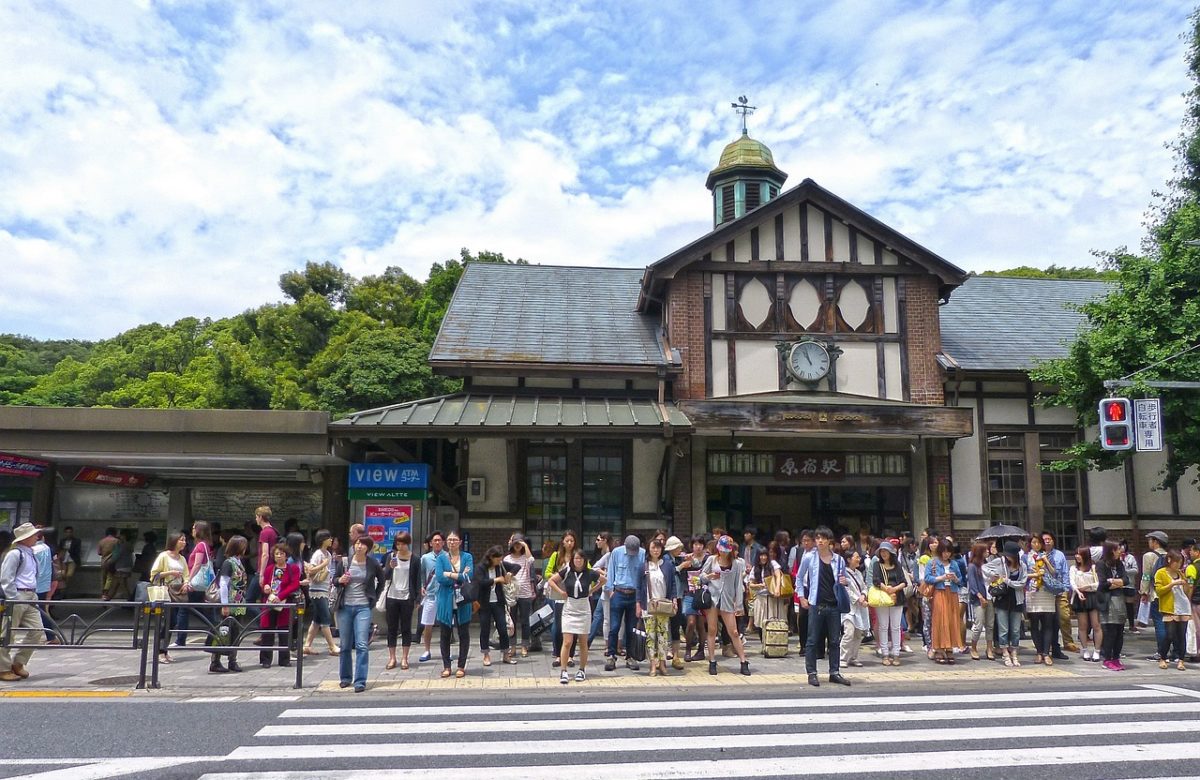
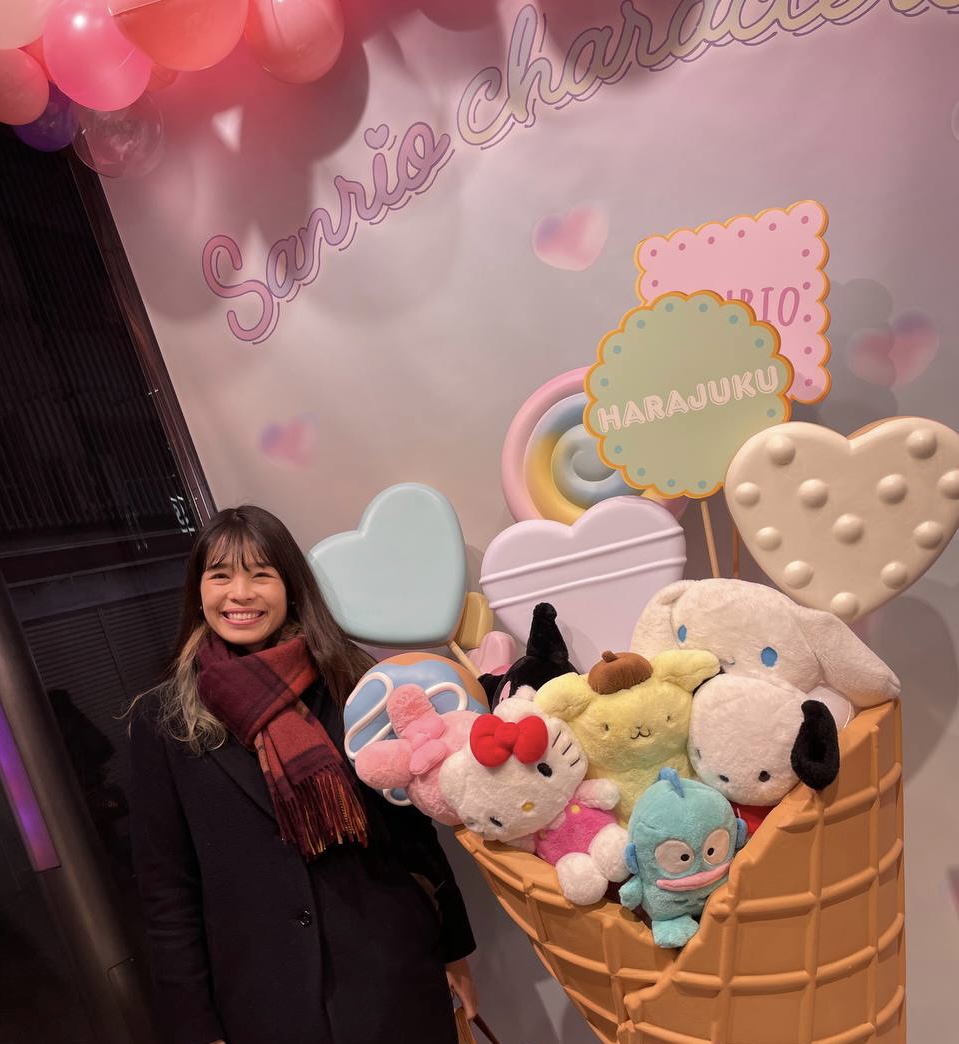
Known as the center of young people’s fashion and culture, it is lined with a variety of apparel stores, accessory stores, crepe shops, and cafes. There are many photo-worthy sweets, and the Japanese style is to take a picture with the sweets as soon as they are purchased. There are also cute places that make you want to take pictures, thus giving Takeshita-dori a colorful image.
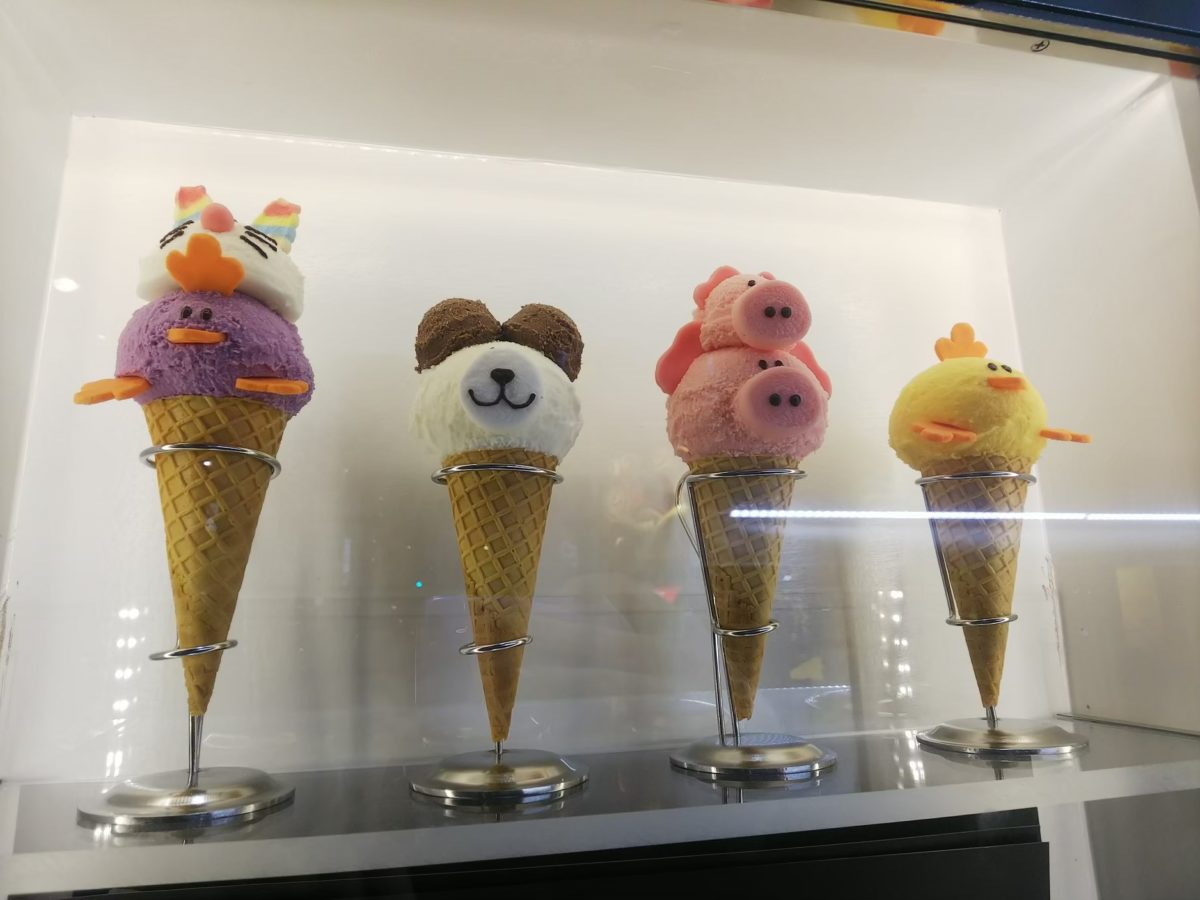
Such a cute ice cream is too good to eat. Unfortunately, this shop is permanently closed. But you can eat kind of this cute food in Takeshita street. The overall impression is of a colorful street, the perfect place to experience Harajuku’s pop culture and street fashion.
4. Imperial Palace 🤴 (Chiyoda)
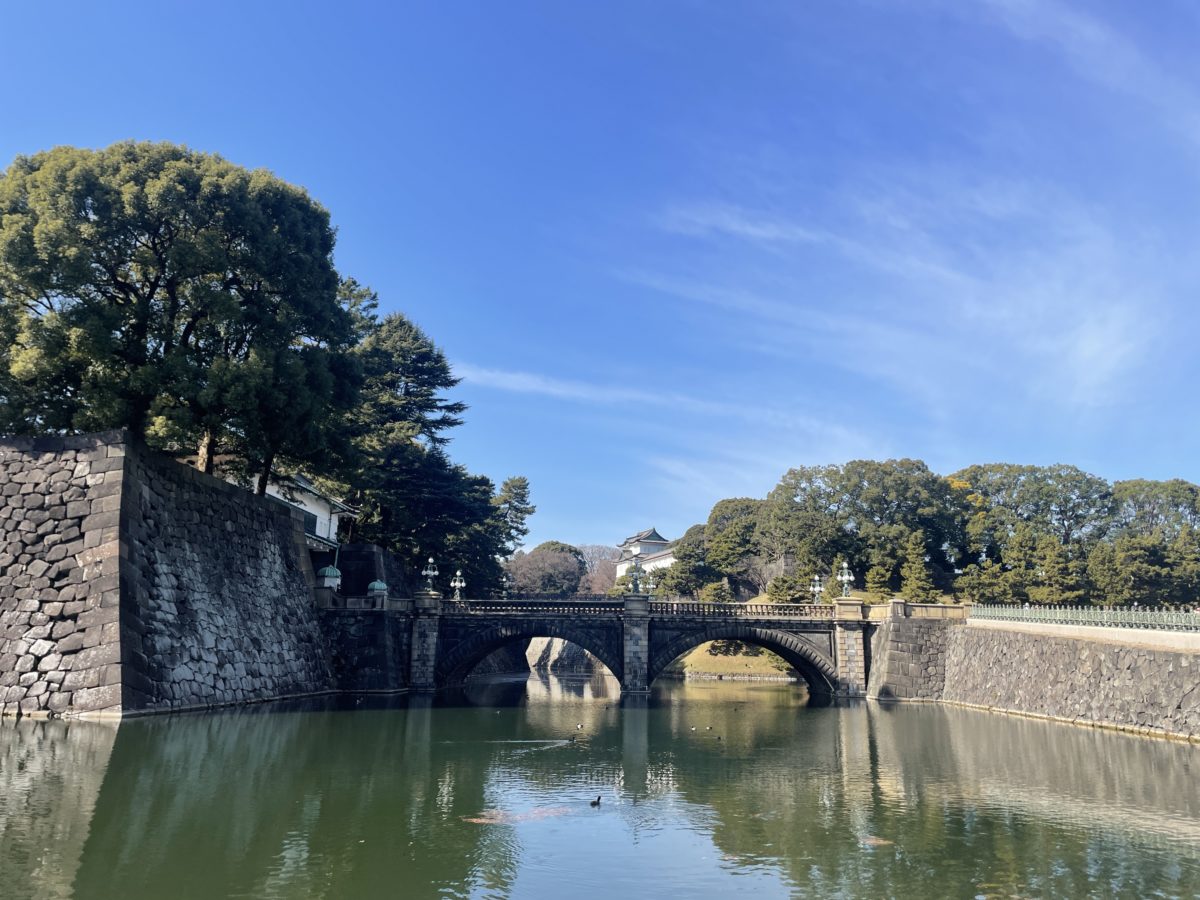
This palace is the residence of the emperor of Japan and has vast grounds with beautiful gardens and moats. The interior is only open to the public on certain days. Usually, many people gather around the palace for a walk or a jog.
I like to go on “Imperial Palace runs,” so when I go to Tokyo, I often bring my running gear along with my luggage. The run is about 5 km around the palace, and you can run at a steady pace on the flat paths and enjoy the views of the stone walls and moat while running.
Also, it is close to Tokyo Station for easy access.
5. Akihabara 💡

Akihabara is an area known as the center of Tokyo’s subculture, with electronic products, otaku culture, anime, manga, figures, games, and maid cafes immediately coming to mind.
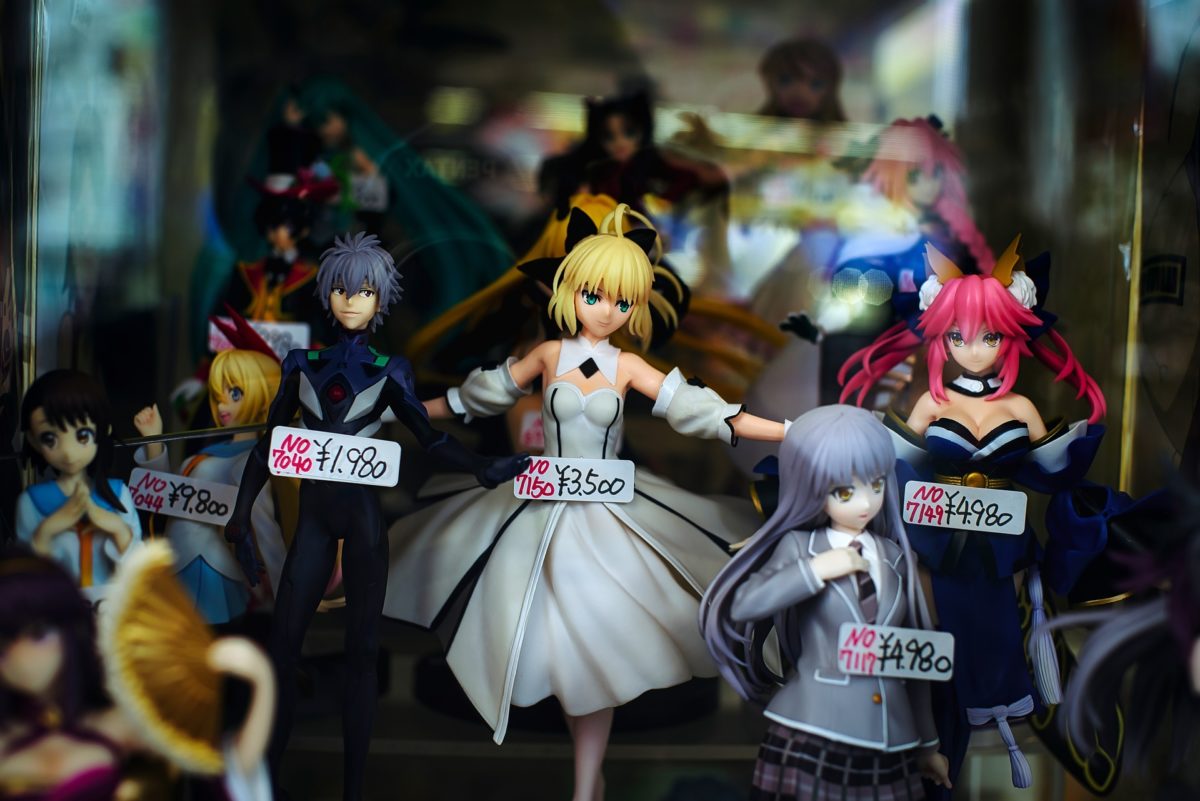
One unfamiliar sight that tourists are likely to encounter is the sight of girls in cute costumes standing on the side of the road and waving to them. These girls are maids working in maid cafes.

Maid cafes are a uniquely Japanese café culture in which staff members wear maid costumes and welcome visitors as “masters” or “ladies,” offering them a temporary dream world.
They are quite different from ordinary cafes, with their cute behavior, unique phrases, and magical poses with their hands to serve food.
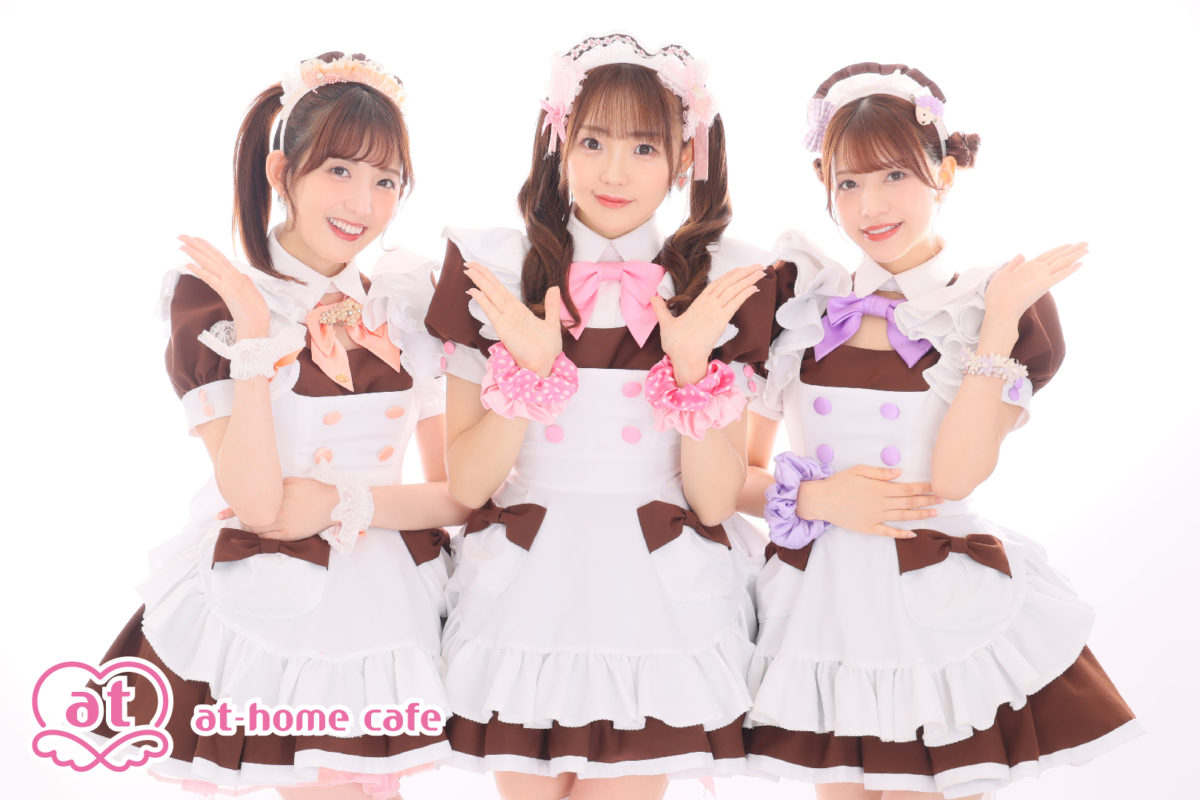
I have also visited the restaurant. I did not expect it to be a fun place, but it turned out to be a very enjoyable time.
I have never been treated as a “lady” before, but in a maid café you feel like you are special. The maids make us feel comfortable because they treat us very well.

When I ordered a drink, the maids and I worked our magic together. I don’t usually do this kind of thing, but somehow the maid café has an atmosphere where you can do such things.
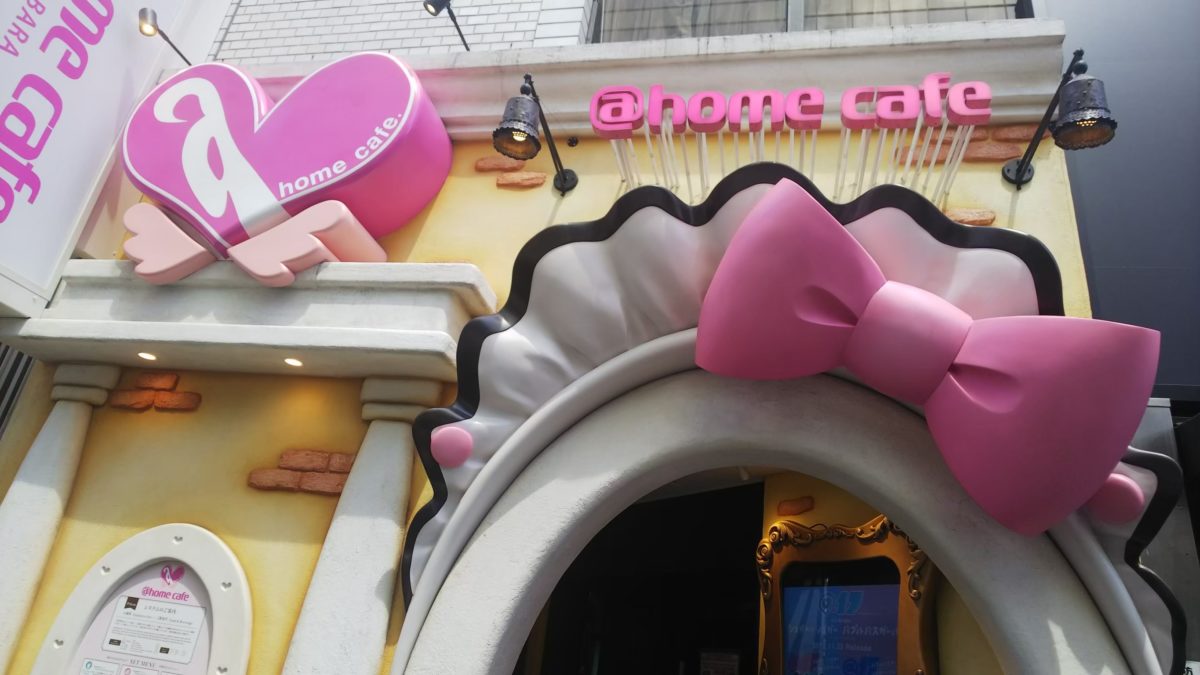
A space far removed from the usual world is the perfect word for it. During my stay, maids performed songs and dances on stage. They were very cute and fascinating to watch.
This is the website of the maid cafe at-home I actually went to. I think it will give you a better idea of what a maid cafe is like. You can switch the website language to English, so please check it out.
6. Tsukiji Market 🐟
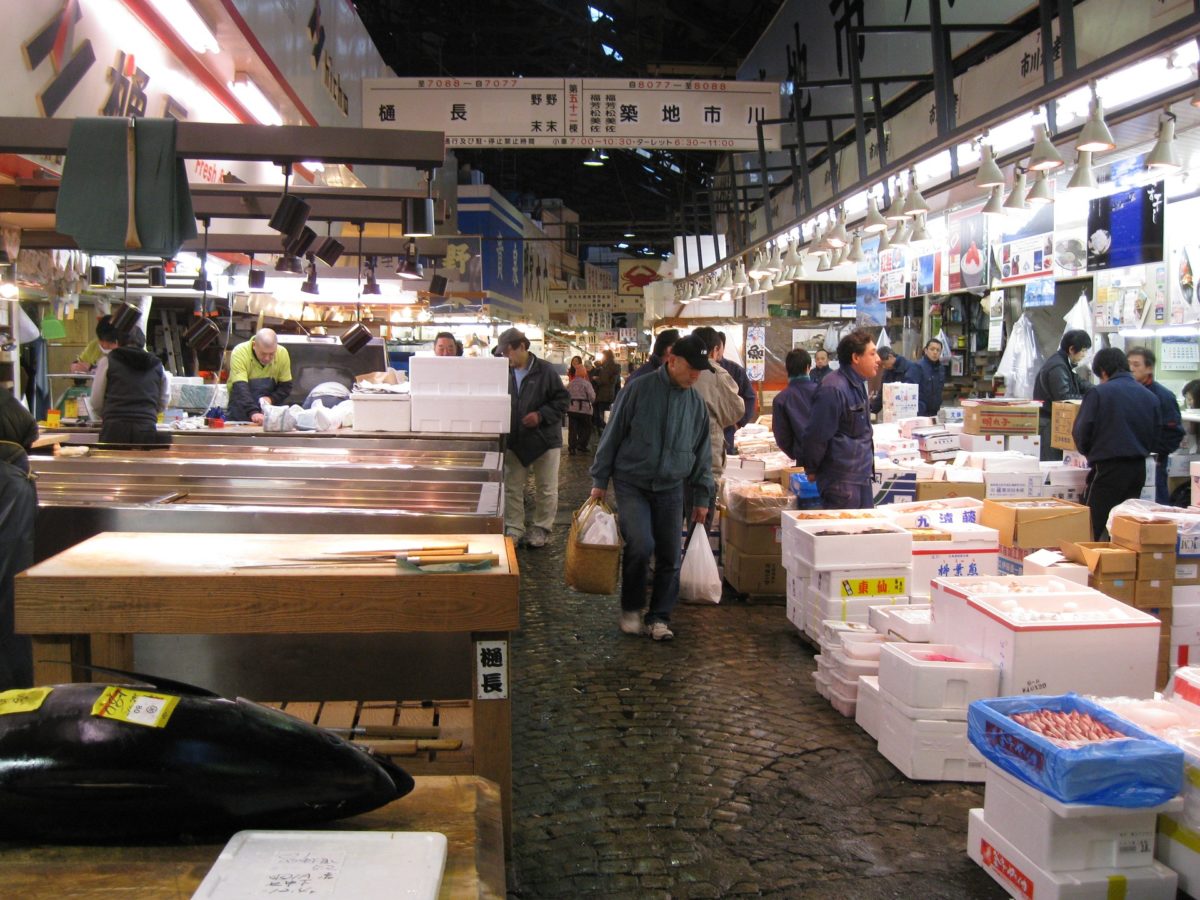
In addition to fresh seafood and Edo-mae sushi, the Tsukiji Market is a popular place to watch auctions and other market activities, and attracts a large number of visitors for the unique experience it offers.
At “Uogashi Yokocho,” you can enjoy eating freshly caught fish at reasonable prices.

Tsukiji offers not only seafood, but also a wide variety of other foodstuffs.
Here are some of my actual recommendations.
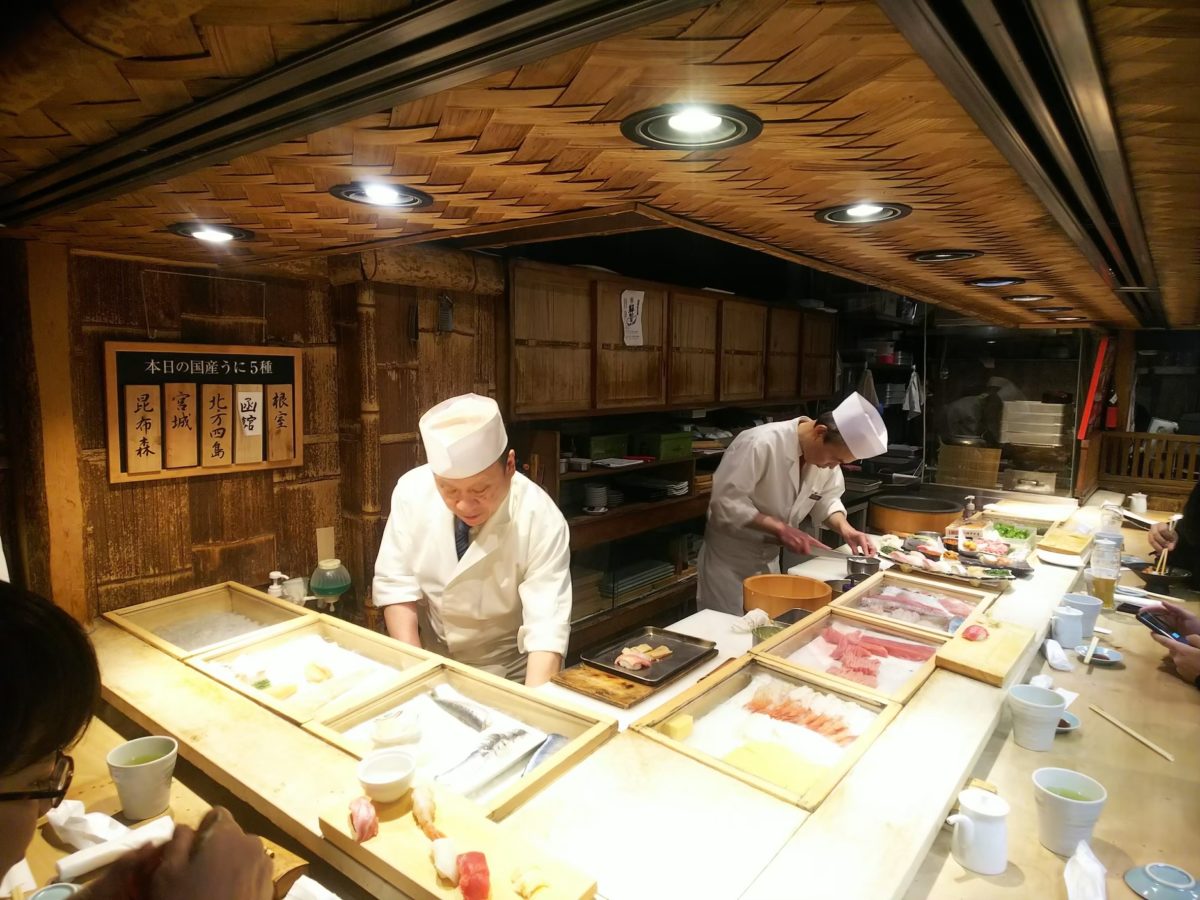
🍣 Itadori Bekkan
This is a sushi restaurant. The sushi is made in front of you by a chef. The counter has a solemn atmosphere, and everything, including the board on which the sushi is placed, is very special.
It may be a little difficult to find this store because you have to go through a small path between buildings to get to the back of the building.
However, since it is away from the streets where many people walk, you can enjoy sushi in peace and quiet.
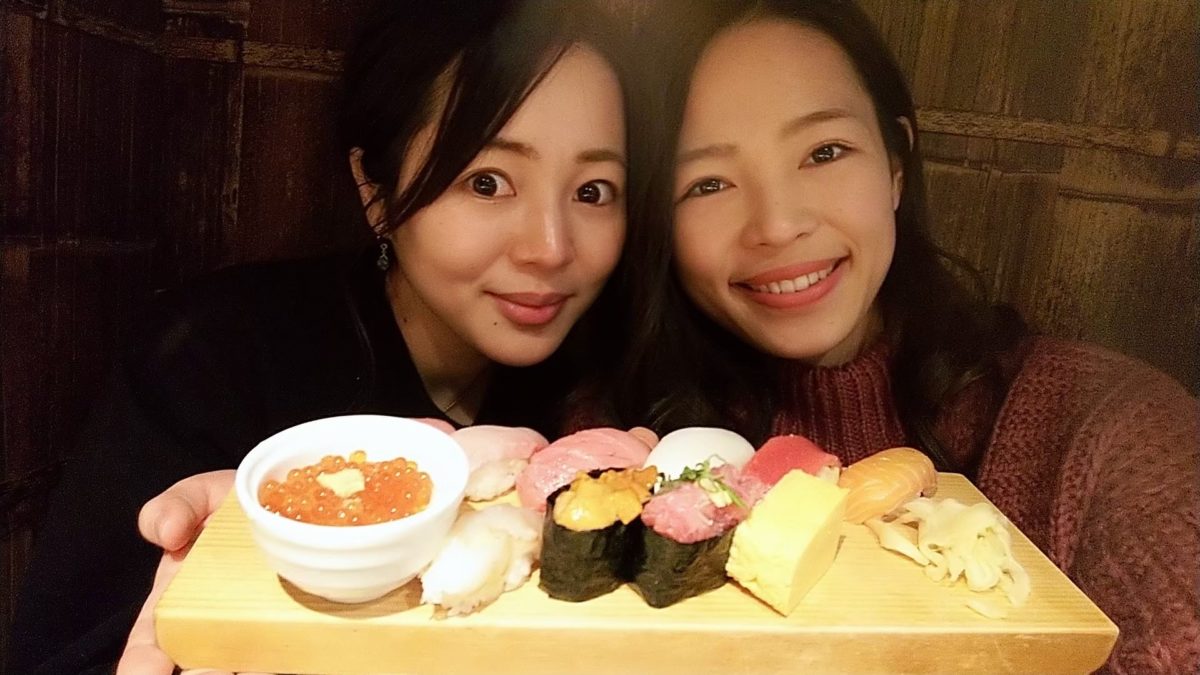

The lunch set includes 9 pieces of nigiri sushi, a mini salmon roe bowl, egg omelet, and soup for about 3,000 yen, which is pricey, but it is my favorite restaurant and I have visited there three times.
Cheap sushi at conveyor-belt sushi restaurants is delicious, but the sushi here is exceptional. It is too good to eat in one bite, so I ate one piece of sushi in two bites. Take your time and taste it.
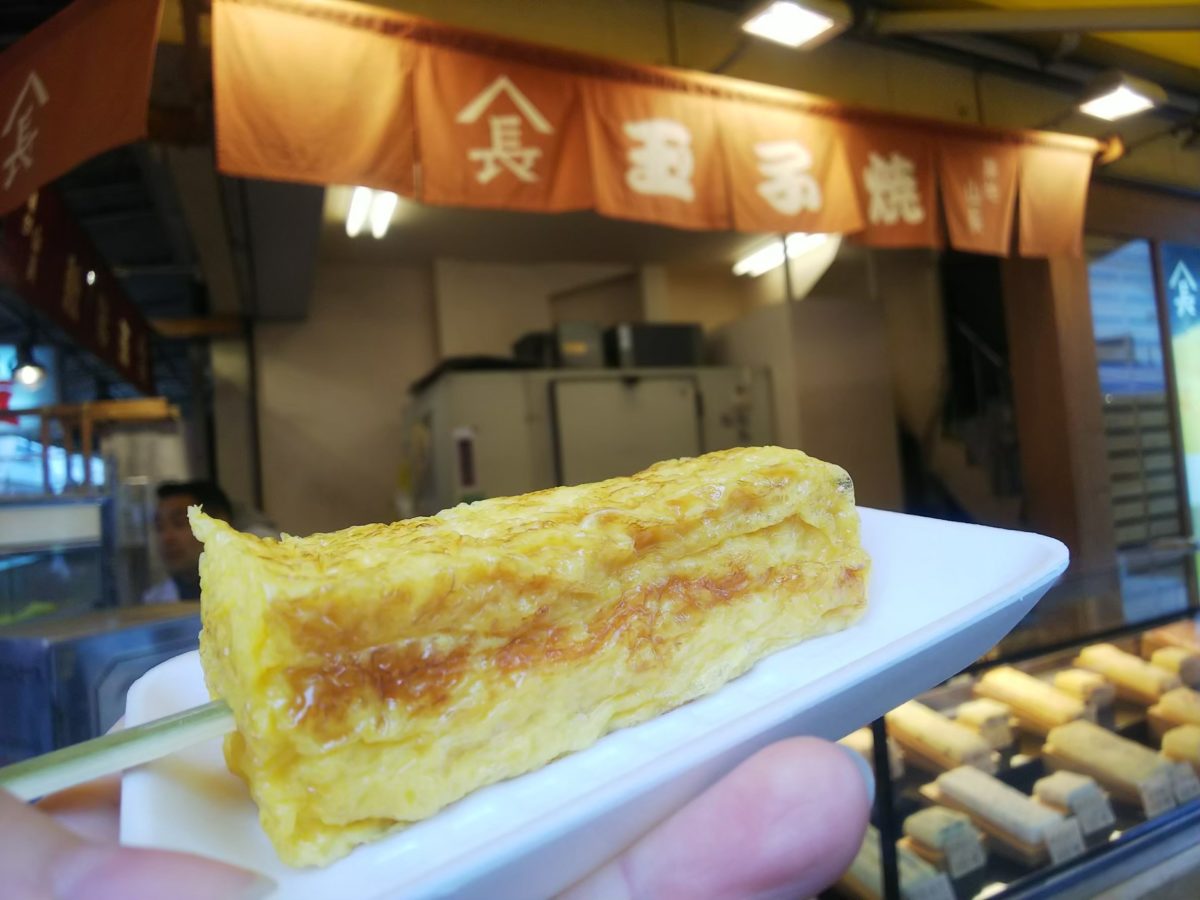
🍳 Yamacho
This is an omelet store. Since omelette is often associated with home cooking, it is not often eaten in restaurants.
Unlike fried eggs or scrambled eggs, it is a food similar to an omelette.
You are probably used to eggs seasoned with salt. The omelet here is sweetened with sugar and soy sauce, which may be a new taste of egg dishes for tourists. Surprisingly, sugar and eggs go well together.
You can actually watch them being cooked right in front of you, which is another fun point.
At 100 yen a piece, you can easily try it. Please note that the store opens as early as 6:00 a.m. but closes around 3:00 p.m.
7. Ameyoko 👟 (Ueno)

This is a shopping district located in Ueno. A variety of goods are sold here, mainly clothing and sneaker stores.
Remember that many stores allow price negotiation, so you can ask for a discount on your purchase!
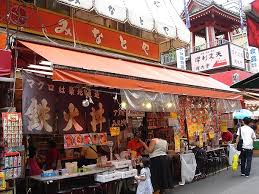
There is one thing I buy every time I visit Ameyoko. It is takoyaki at Minatoya. Takoyaki is an Osaka specialty, and the takoyaki here are cheap and delicious.
Four takoyaki for only 200 yen. You are given a takoyaki without any toppings, so don’t forget
8. Ryogoku Kokugikan 🇯🇵 (Ryogoku)
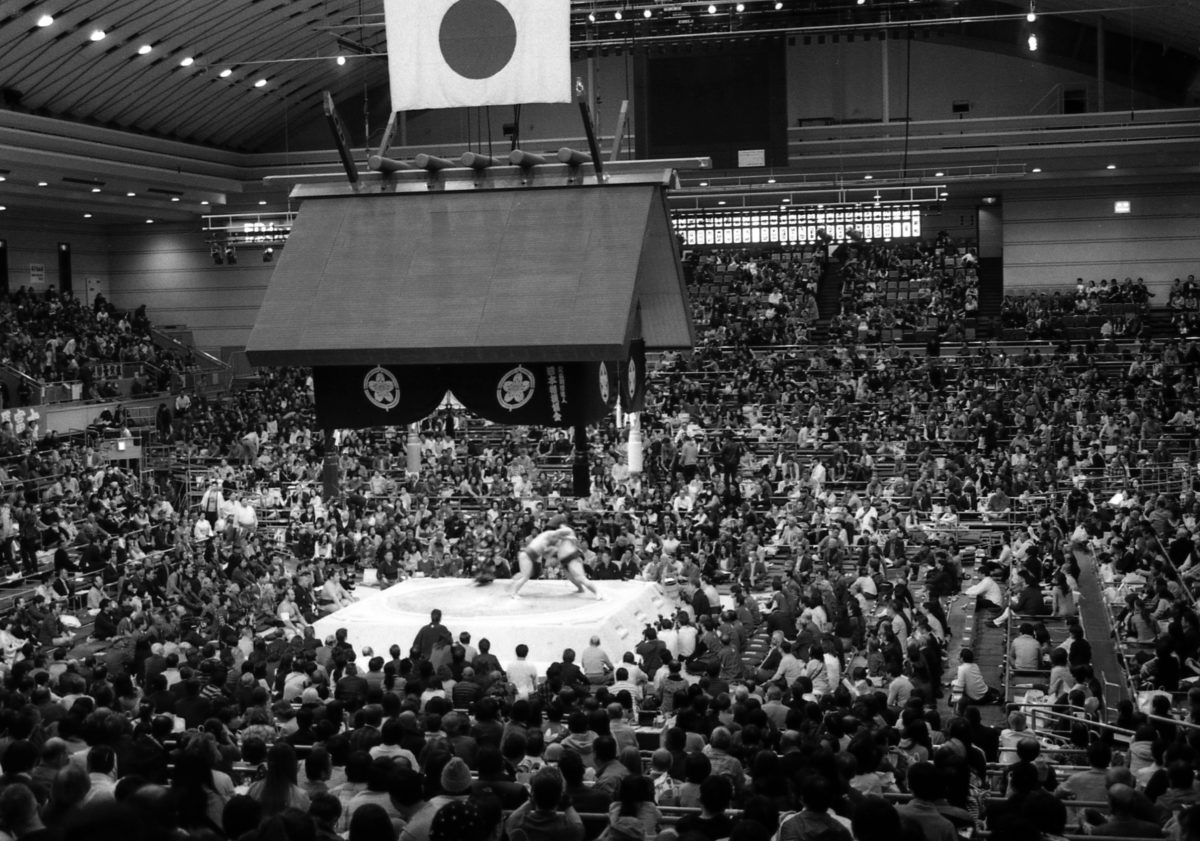
Sumo is the national sport of Japan. It is common in Japan that when you visit your grandparents’ house, they are watching sumo on TV. The main tournament of sumo is held here at the Ryogoku Kokugikan.
However, it is not held every day. Sumo tournaments are held for only 15 days each year in January, May, and September. If you are visiting Japan during these months, why not watch sumo in person at the pinnacle of the sport?
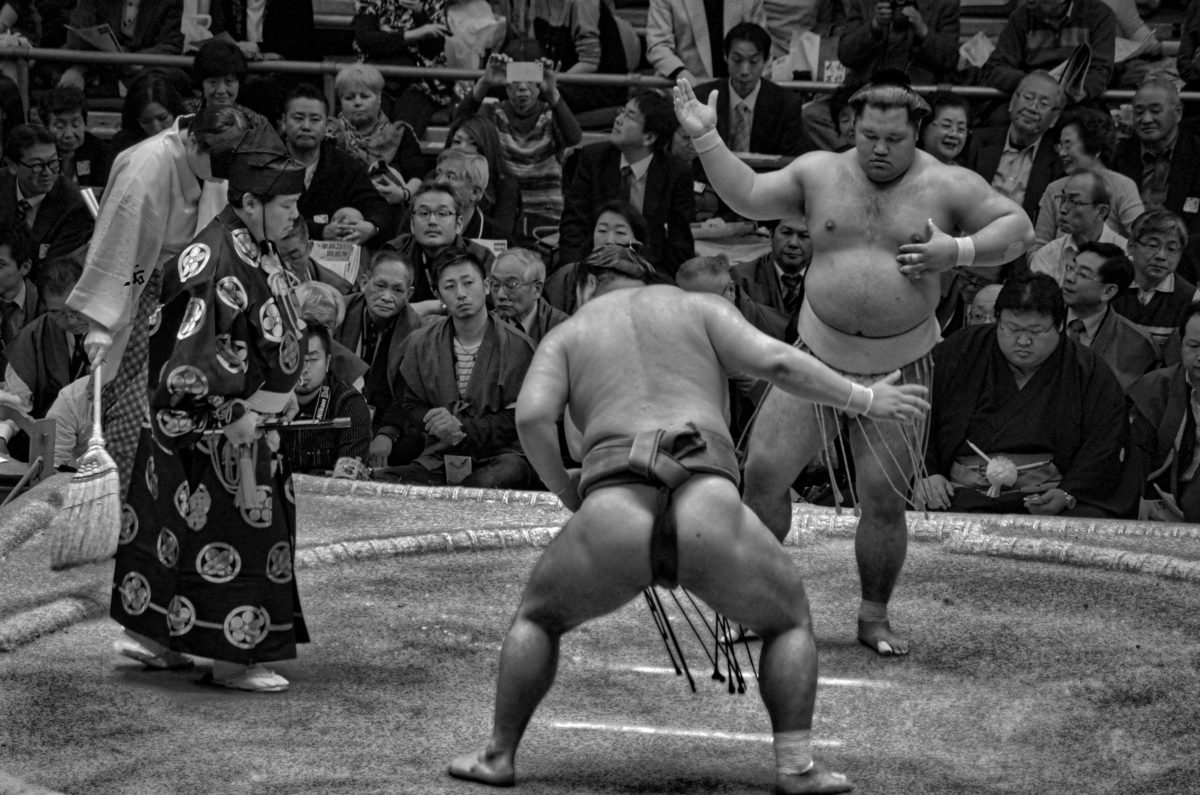
The sounds of the clashes, the rough breathing, and the well-trained bodies are something you can only experience by watching the matches in person. The price varies depending on the seat, but a chair seat in the second session costs about 4,000 yen.
I once met a sumo wrestler and was surprised to see that he was bigger and more powerful than what I had seen on TV. I think it must be very exciting to see such sumo wrestlers clashing with each other.
Inside the museum, there is a Sumo Museum where you can learn about the history of sumo. You can find more activities and things to do in Tokyo here.
9. Kabuki 🇯🇵 (Ginza)
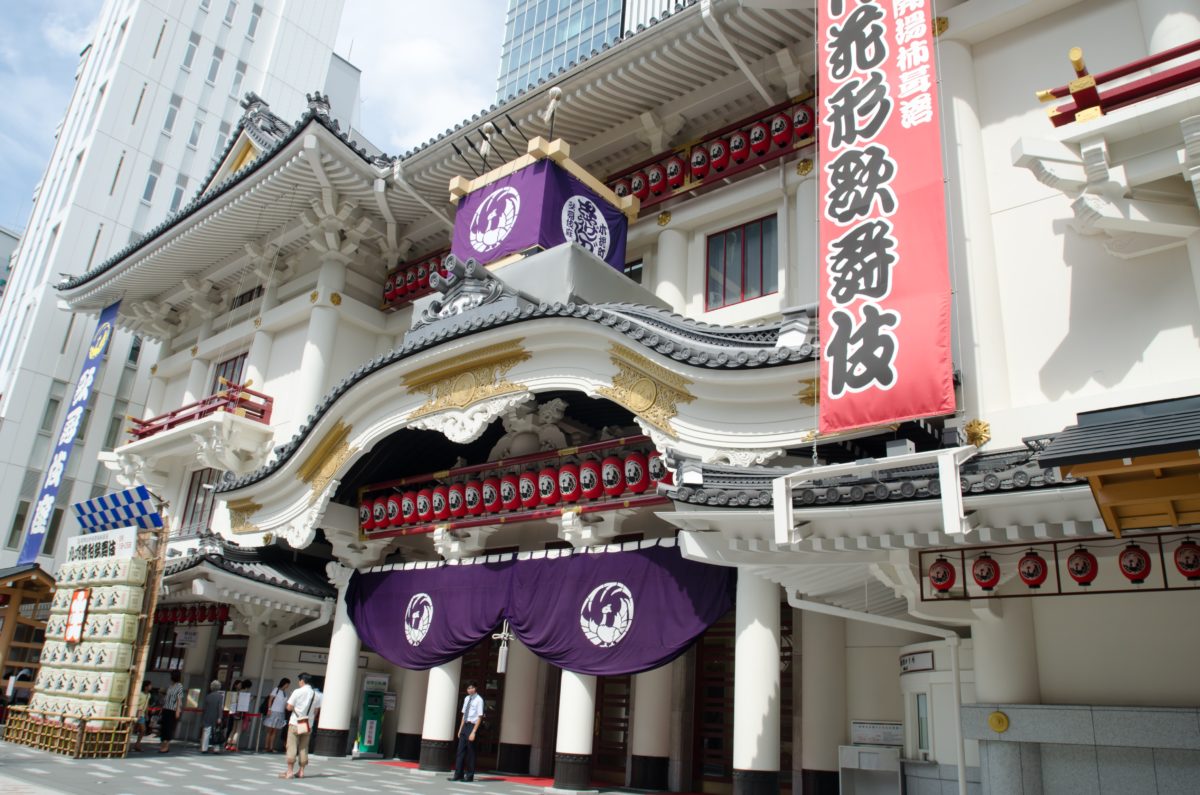
Kabuki was registered as a UNESCO Intangible Cultural Heritage in 2005. Kabuki, one of Japan’s unique traditional theatrical arts, has a history spanning more than 400 years.
It is characterized by its stage art, acting, music, and extravagant costumes, and its stories range from historical dramas to love stories.
It is amazing that Kabuki actors, who wear distinctive makeup called kumadori, have unique movements and are said to be able to read stories and emotions from their gestures, hand gestures, and facial expressions, transcending language barriers.
Furthermore, guides and programs with English subtitles are available, making it easier for foreign visitors to understand more than just visually.
10. Tokyo Character Street 🩷(Tokyo station)
Located on the first basement floor of Tokyo Station, this shopping area sells goods of various popular Japanese characters such as Hello Kitty, Pokemon, and Rilakkuma.
Most of Japan’s popular characters are gathered here, so you are sure to find your favorite character you are looking for.
11. Tokyo Sky Tree 🗼 (Oshiage)
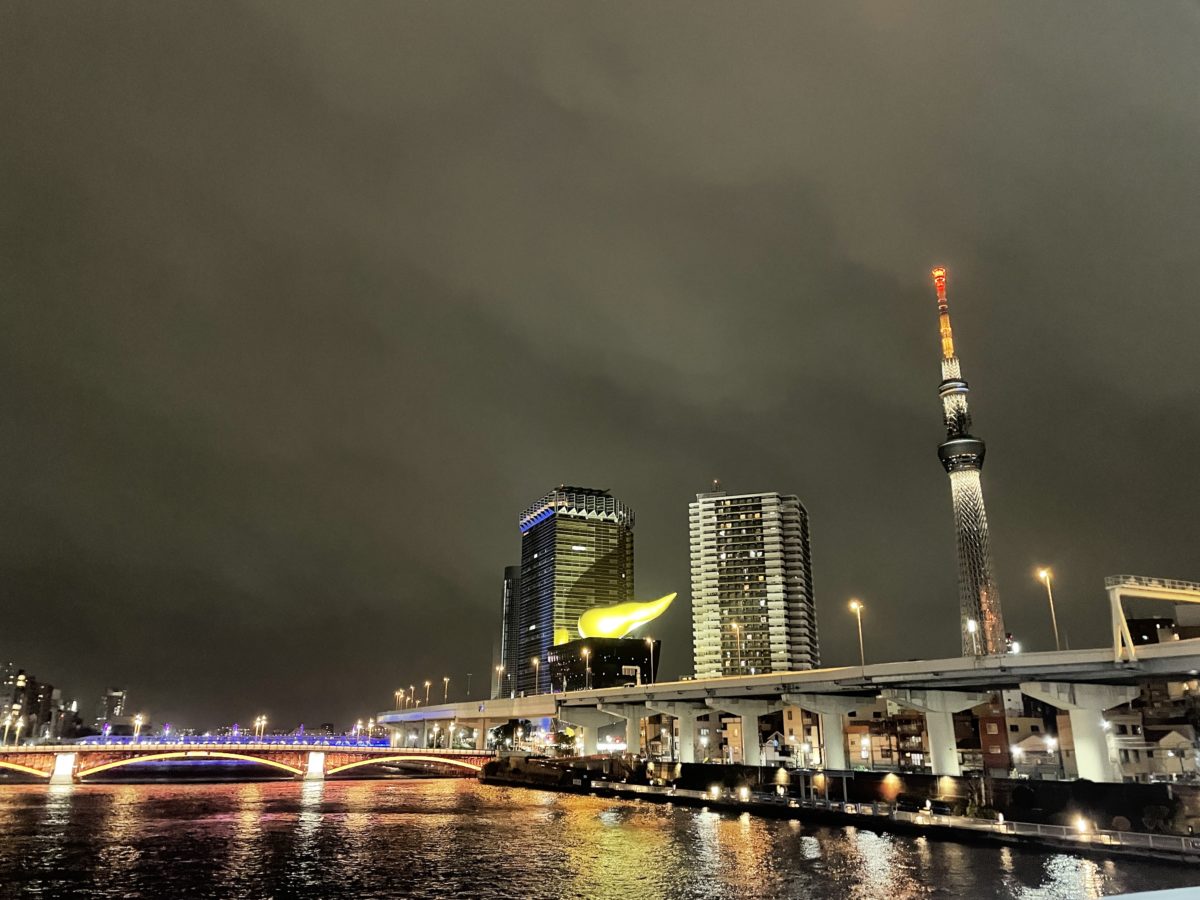
From the observation deck of the 634-meter-high Sky Tree, visitors can see not only the most famous landmarks in Tokyo, but also (if weather permits) Mt. Fuji.
The Tokyo Sky Tree is within walking distance of Sensoji Temple, and the station is located nearby for easy access.
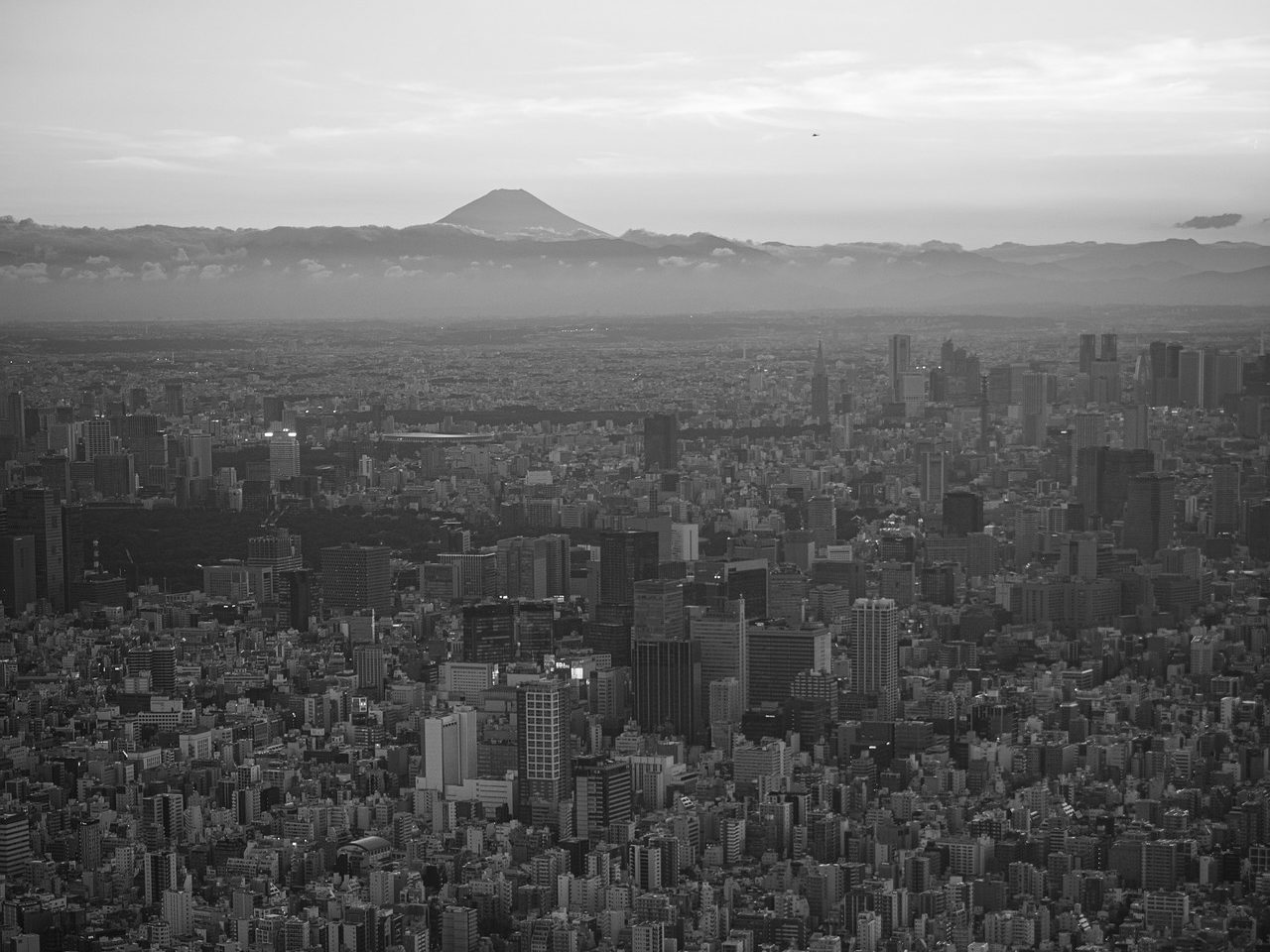
The Sky Tree is not only attractive for its view. It is also home to a shopping mall, restaurants, an aquarium, and various other facilities where visitors can buy unique Japanese products and souvenirs.
13. Golden Gai 🍺 (Kabuki-cho)
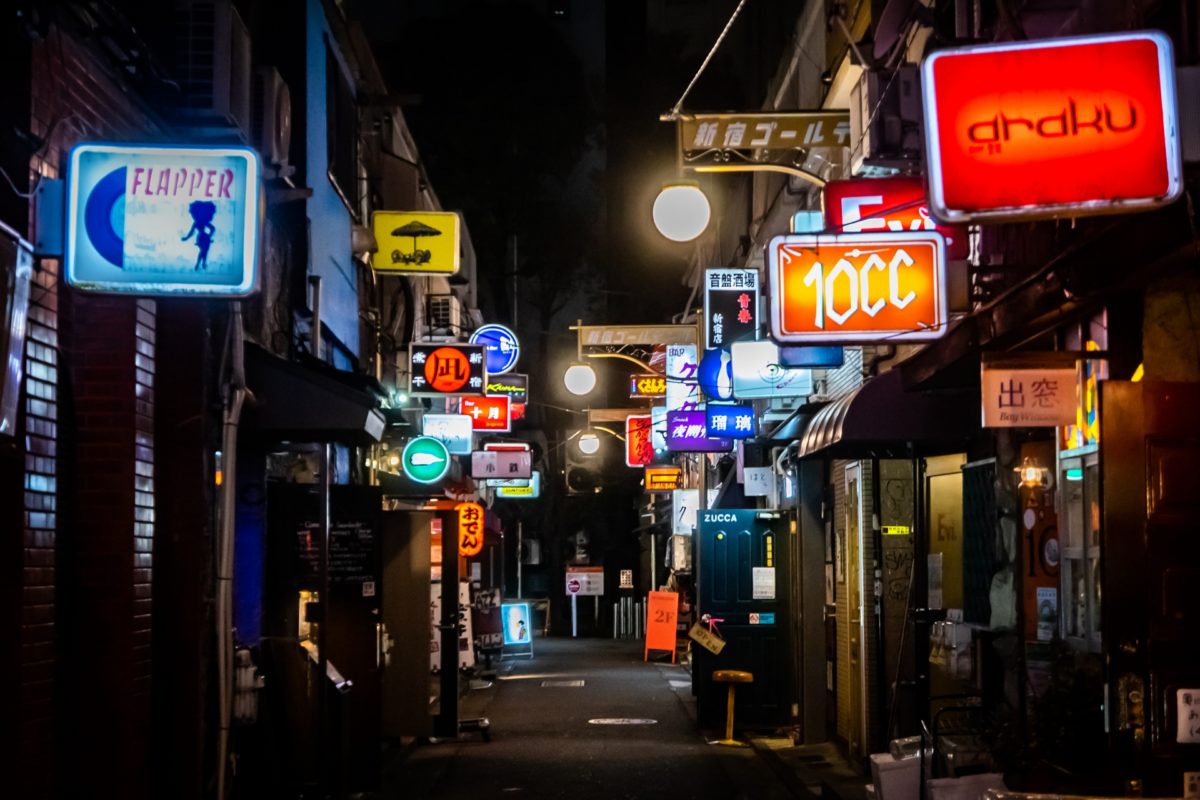
Located in Shinjuku, this area is known as a place to drink throughout the night, with numerous small bars and izakaya (Japanese style pubs) clustered in a small area. It does not have a touristy feel, but rather a local feel, with a unique atmosphere and many stores with retro exteriors and interiors.
Due to the small size of the stores, you should not bring large bags with you.
The staff and customers are friendly and full of a welcoming atmosphere, making it easy to enter the stores. Many people enjoy staying in one store for a long time.
Conclusion
In Tokyo, you can enjoy the food, culture, and traditional arts that represent Japan. I hope you will enjoy Tokyo to the fullest in the limited time you have in the city.
On other pages, I have introduced some other exciting places that could not be introduced on this page, such as Tokyo’s night views, Tokyo’s seasonal events, and places where you can experience unusual but exciting Japanese culture in Tokyo. Please check them out.
